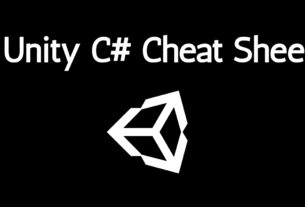How to Optimize Unity Game for Mobile

Introduction
Overview of Unity and Mobile Game Optimization
Unity is a powerful and widely-used game development engine that allows developers to create immersive and engaging games for various platforms, including mobile devices. However, optimizing a Unity game for mobile involves specific strategies to ensure smooth performance and an enjoyable user experience. This article delves into the essential techniques for optimizing Unity games for mobile platforms, providing a comprehensive guide for developers. Learn How to optimize Unity game for Mobile mostly every game developer
Importance of Optimization in Mobile Games
Optimization is crucial in mobile games due to the limited hardware capabilities of mobile devices compared to desktops or consoles. Efficient optimization ensures that the game runs smoothly, minimizes battery consumption, and provides a seamless gaming experience. This not only improves user satisfaction but also helps in retaining players and achieving better reviews and ratings on app stores.
Understanding Unity
Unity Engine Overview
Unity is a cross-platform game engine developed by Unity Technologies. It is known for its versatility, allowing developers to create both 2D and 3D games with relative ease. Unity’s extensive asset store, comprehensive documentation, and active community support make it a preferred choice for many game developers. Unity game engine is designed to optimze mobile games.
Key Features of Unity for Mobile Development
Unity offers several features that are particularly beneficial for mobile game development:
- Cross-Platform Development: Develop once and deploy on multiple platforms.
- Extensive Asset Store: Access to a wide range of assets and plugins.
- Powerful Graphics Tools: Advanced rendering, lighting, and shading options.
- Robust Physics Engine: Realistic physics simulation capabilities.
- Flexible Scripting: C# scripting for creating complex game mechanics.
Unity Versions and Updates
Keeping Unity up-to-date is essential for accessing the latest features, improvements, and bug fixes. Unity releases updates frequently, including long-term support (LTS) versions for stability. Developers should stay informed about these updates and integrate them into their projects to maintain optimal performance and compatibility.
Preparing for Optimization
Initial Planning and Prototyping
Optimization should begin during the initial planning and prototyping stages. Early decisions regarding game design, asset creation, and code structure can significantly impact the ease of optimization later on. Developers should consider performance goals and limitations from the outset to avoid extensive rework.
Profiling and Benchmarking
Profiling involves analyzing the game to identify performance bottlenecks. Unity provides built-in tools like the Unity Profiler to measure CPU, GPU, memory usage, and more. Benchmarking helps set a baseline performance metric, against which improvements can be measured. Regular profiling and benchmarking throughout development are crucial for maintaining performance targets.
Setting Performance Targets
Setting clear performance targets helps guide the optimization process. These targets should consider factors such as frame rate, load times, memory usage, and battery consumption. Understanding the hardware capabilities of target devices (e.g., mid-range vs. high-end smartphones) is essential for setting realistic and achievable goals.
Graphics Optimization
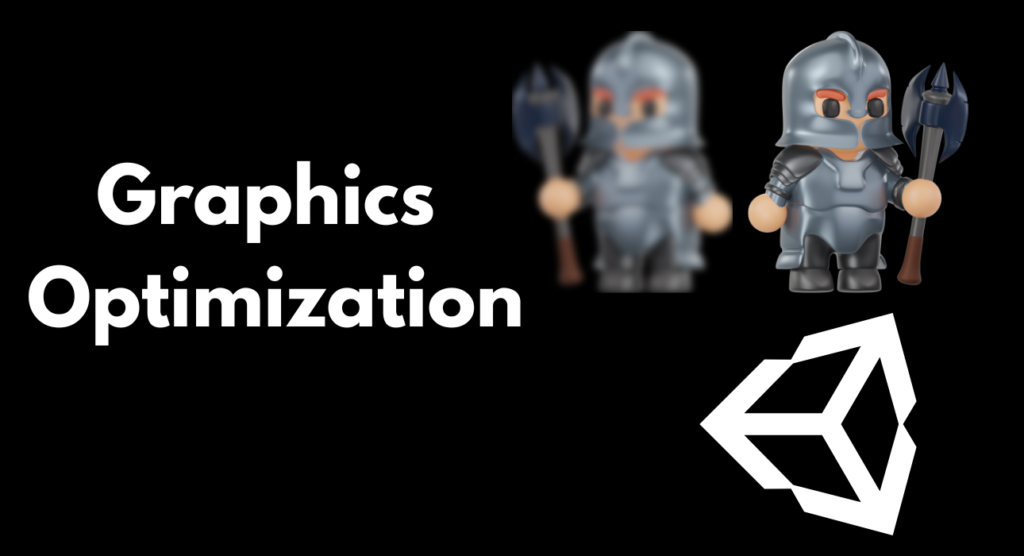
Reducing Draw Calls
Draw calls are instructions sent to the GPU to draw objects on the screen. Reducing the number of draw calls can significantly improve performance. Techniques such as batching, combining meshes, and using fewer materials can help minimize draw calls.
Optimizing Textures
Textures are crucial for visual quality but can be demanding on memory and performance. Using compressed texture formats, reducing texture resolution where appropriate, and minimizing the use of large, high-resolution textures can help optimize texture usage.
Using Level of Detail (LOD)
Level of Detail (LOD) involves using different versions of a model based on the camera’s distance. Closer models use high-detail versions, while distant models use lower-detail versions. This reduces the rendering workload and improves performance.
Efficient Use of Shaders
Shaders are programs that run on the GPU to determine the appearance of objects. Complex shaders can impact performance. Using simplified or mobile-optimized shaders, and minimizing the use of expensive operations like per-pixel lighting, can enhance performance.
Handling Lighting and Shadows
Dynamic lighting and shadows are resource-intensive. Using baked lighting, reducing the number of dynamic lights, and minimizing shadow casting can help. When dynamic lights are necessary, using lower resolution for shadow maps and adjusting shadow distances can optimize performance.
Utilizing Sprite Atlases
In 2D games, sprite atlases combine multiple sprites into a single texture. This reduces draw calls and improves rendering efficiency. Unity provides tools for creating and managing sprite atlases, making it easier to implement this optimization.
Managing Particle Systems
Particle systems can add visual effects but can be performance-heavy. Reducing the number of particles, using simpler particle materials, and optimizing particle lifetimes and spawn rates can help maintain performance while still achieving desired visual effects.
Script Optimization of a Unity game for mobile
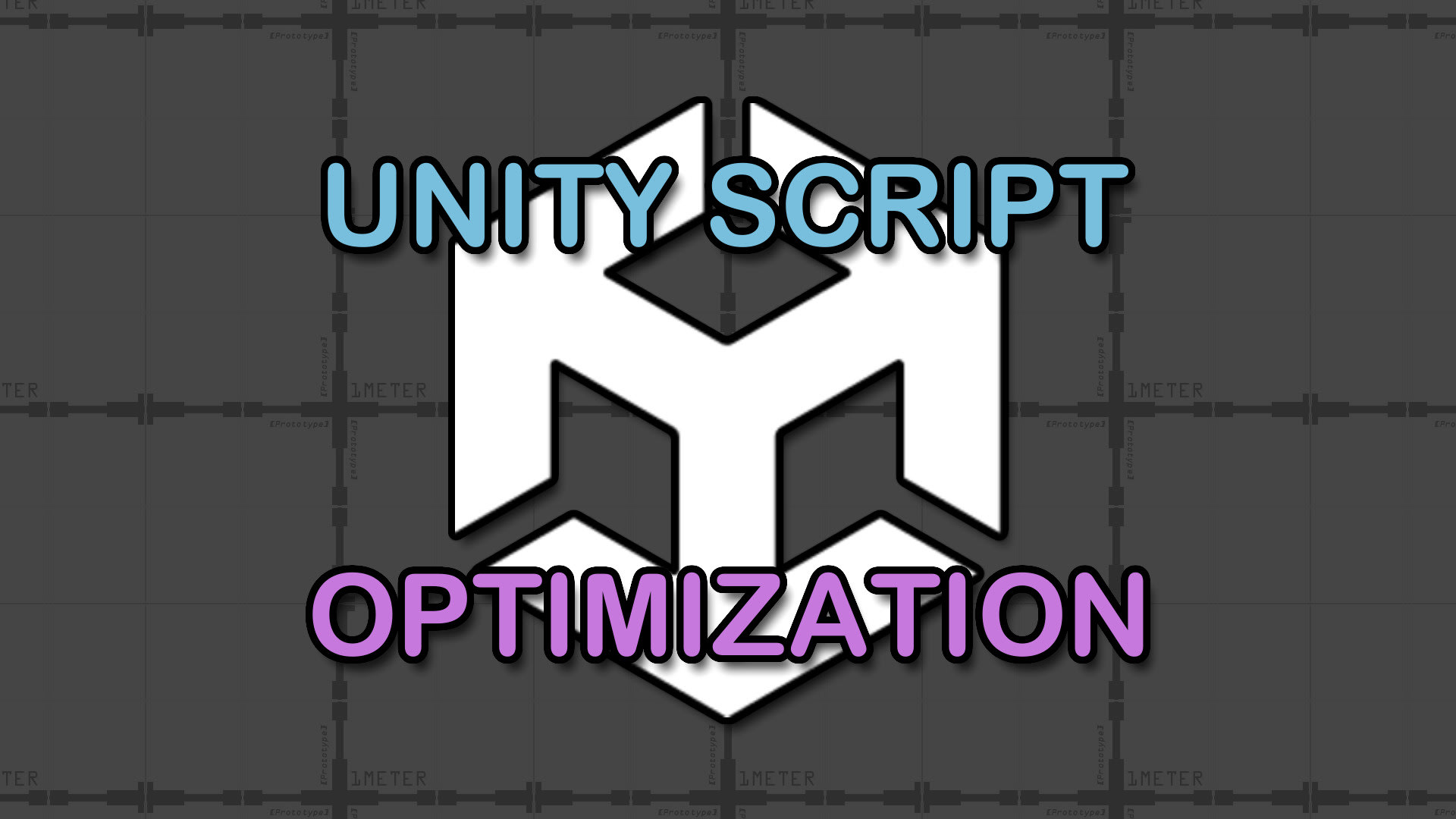
Writing Efficient Code
Efficient scripting is key to performance. Avoiding unnecessary calculations, reducing the frequency of expensive operations, and optimizing loops and conditionals can significantly improve script performance. Profiling tools can identify slow scripts that need optimization.
Avoiding Memory Leaks
Memory leaks occur when allocated memory is not properly released. This can lead to increased memory usage and potential crashes. Ensuring that objects are properly disposed of and using memory management techniques like object pooling can prevent memory leaks.
Optimizing Garbage Collection
Garbage collection (GC) manages memory allocation and deallocation. Excessive GC can cause performance hitches. Reducing the frequency of memory allocations, avoiding frequent instantiation and destruction of objects, and using pooling can help manage GC more effectively.
Using Object Pooling
Object pooling involves reusing objects instead of creating and destroying them frequently. This reduces the overhead of memory allocation and garbage collection. Pools can be implemented for commonly used objects like bullets, enemies, or UI elements.
Leveraging Multithreading
Multithreading allows tasks to run concurrently, leveraging multiple CPU cores. Unity’s Job System and Burst Compiler can optimize performance by offloading work from the main thread. Careful implementation is needed to avoid race conditions and ensure thread safety.
Physics Optimization of a Unity game for mobile
Simplifying Colliders
Complex colliders can increase the computational load. Simplifying collider shapes, using primitive colliders (e.g., boxes, spheres) instead of mesh colliders, and optimizing collision detection settings can enhance performance.
Reducing Physics Calculations
Physics calculations can be expensive. Reducing the frequency of physics updates, optimizing rigidbody settings, and disabling unnecessary physics interactions (e.g., setting layers to ignore collisions) can improve performance.
Using Rigidbody2D and Rigidbody Components
Choosing the appropriate rigidbody component (2D vs. 3D) based on the game’s requirements can optimize physics performance. Ensuring rigidbodies are only active when necessary and using kinematic rigidbodies when possible can also help.
Disabling Unnecessary Physics
Disabling physics simulations for inactive objects or objects outside the camera’s view can save computational resources. This can be done using techniques like sleeping rigidbodies or setting objects to inactive states.
Audio Optimization of a Unity game for Mobile
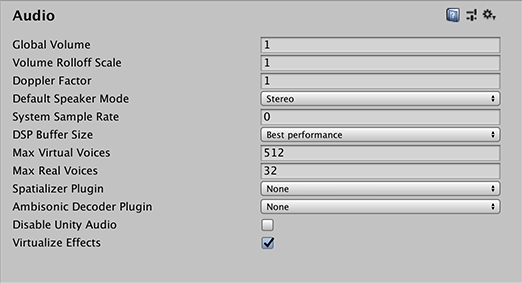
Compressing Audio Files
Compressed audio files use less memory and reduce load times. Unity supports various audio compression formats. Choosing the right compression settings based on the audio type (e.g., music, sound effects) can balance quality and performance.
Managing Audio Channels
Limiting the number of simultaneous audio channels can prevent performance issues. Prioritizing important sounds and using spatial audio to manage audio channels can enhance the audio experience without overloading the system.
Using Audio Mixers Efficiently
Unity’s Audio Mixer allows for complex audio routing and effects. Using audio mixers efficiently, applying effects sparingly, and optimizing audio settings can maintain audio quality while minimizing performance impact.
UI Optimization of a Unity game for mobile

Optimizing Canvas Hierarchies
Complex canvas hierarchies can increase CPU load. Reducing the number of canvas elements, organizing UI elements efficiently, and avoiding frequent changes to the canvas can optimize UI performance.
Reducing Overdraw
Overdraw occurs when multiple layers of UI elements are rendered on top of each other. Minimizing overdraw by optimizing UI layout, reducing transparency, and using efficient UI rendering techniques can improve performance.
Efficiently Handling UI Animations
UI animations can be resource-intensive. Using optimized animation techniques, reducing the number of simultaneous animations, and leveraging Unity’s animation tools effectively can enhance UI performance.
Asset Management
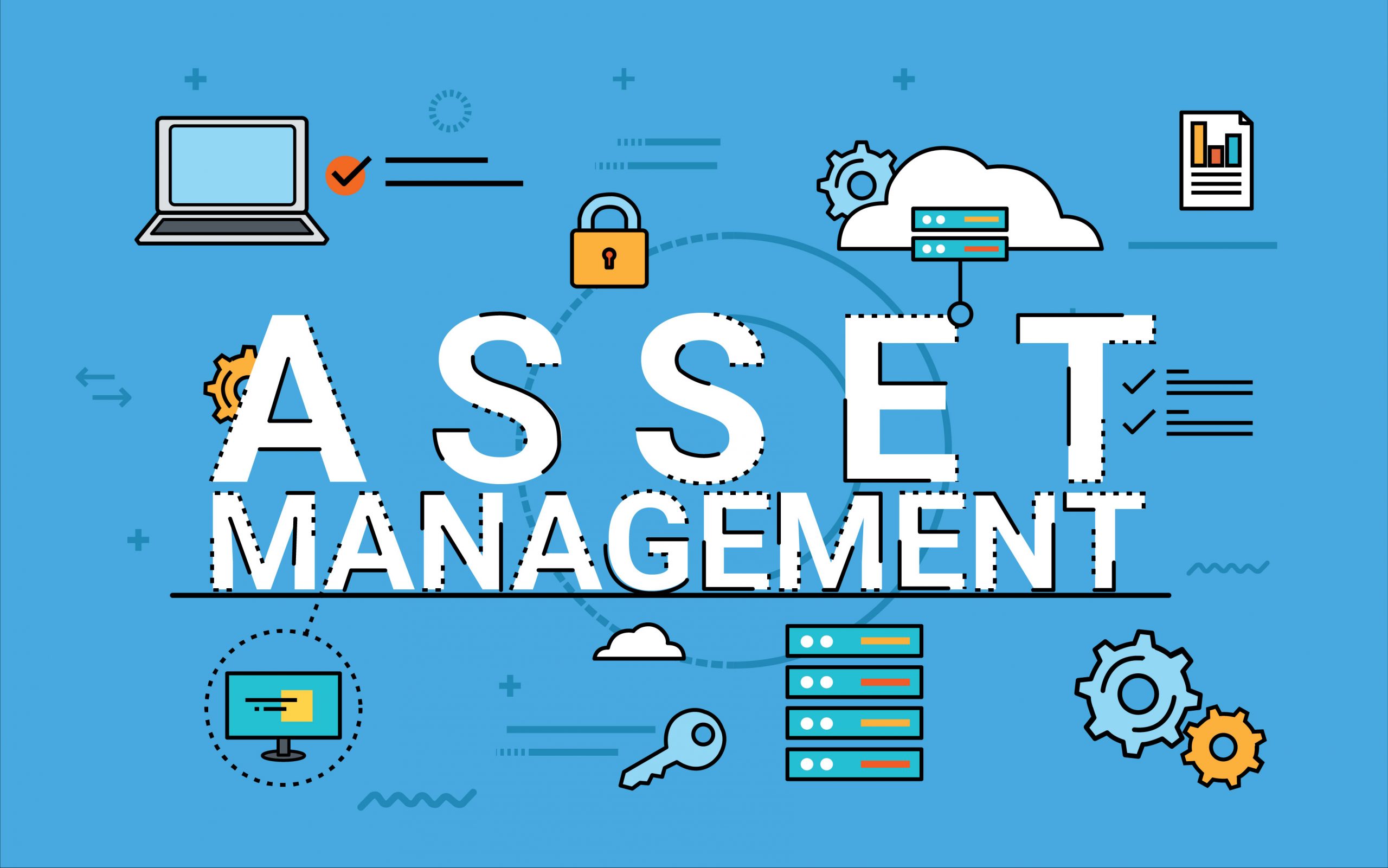
Compressing Assets
Compressing assets such as textures, models, and audio can reduce memory usage and load times. Unity provides various compression options for different asset types. Choosing the right compression method can balance quality and performance.
Managing Asset Bundles
Asset bundles allow for dynamic loading of assets, reducing initial load times and memory usage. Organizing assets into bundles based on usage patterns and optimizing bundle sizes can improve asset management.
Using Addressables
Unity’s Addressable Asset System simplifies the management and loading of assets. Using addressables can improve performance by providing efficient asset referencing, dynamic loading, and memory management.
Platform-Specific Optimization
Android Optimization Techniques
- Reducing APK Size: Use Android App Bundles and asset compression.
- Optimizing for Different Hardware: Test on a range of devices and optimize for low-end hardware.
- Handling Android-Specific Features: Optimize for Vulkan API, manage background processes, and handle device-specific quirks.
iOS Optimization Techniques
- Reducing App Size: Use asset slicing and on-demand resources.
- Optimizing for iOS Hardware: Take advantage of Metal API and optimize for different iOS devices.
- Handling iOS-Specific Features: Manage app lifecycle events, handle memory warnings, and optimize for iOS-specific capabilities.
Handling Different Screen Sizes and Resolutions
Designing a responsive UI and scalable graphics ensures the game looks and performs well on various screen sizes and resolutions. Using adaptive layouts, vector graphics, and responsive design principles can help achieve this.
Testing and Debugging
Using Unity Profiler
The Unity Profiler is an essential tool for analyzing game performance. It provides detailed insights into CPU, GPU, memory usage, and more. Regularly profiling the game during development helps identify and address performance issues.
Employing Third-Party Tools
Various third-party tools can complement Unity’s built-in profiling capabilities. Tools like Xcode Instruments, Android Studio Profiler, and Visual Studio Profiler offer additional insights and optimization opportunities.
Conducting Real-Device Testing
Testing the game on real devices is crucial for accurate performance assessment. Emulators and simulators can provide initial insights, but real-device testing ensures the game performs well under actual conditions.
Monitoring Performance in Production
Monitoring the game’s performance post-release helps identify issues that were not apparent during development. Implementing analytics and crash reporting tools can provide valuable feedback for ongoing optimization.
Optimization Best Practices
Continuous Profiling and Testing
Optimization is an ongoing process. Regular profiling and testing throughout development and post-release help maintain performance and address new issues as they arise.
Keeping Up with Unity Updates
Staying informed about Unity updates ensures access to the latest optimization tools, features, and performance improvements. Regularly updating the Unity version used in the project can provide significant benefits.
Learning from Community and Experts
The Unity community and expert resources offer valuable insights and optimization tips. Participating in forums, attending conferences, and following expert blogs can help developers stay updated on best practices and new techniques.
Conclusion
Recap of Key Optimization Strategies
Optimizing a Unity game for mobile involves a comprehensive approach that includes graphics, scripting, physics, audio, UI, and asset management. By following the outlined strategies, developers can significantly enhance game performance and user experience.
Final Thoughts on Mobile Game Optimization
Effective optimization requires careful planning, continuous profiling, and staying updated with the latest tools and techniques. By prioritizing optimization throughout the development process, developers can create high-performing, engaging mobile games that delight users.
FAQs
Why is mobile game optimization important?
Mobile game optimization is crucial due to the limited hardware capabilities of mobile devices. Efficient optimization ensures smooth performance, reduces battery consumption, and enhances the overall user experience.
What are the common pitfalls in Unity game optimization?
Common pitfalls include neglecting early optimization, overusing complex shaders and effects, inefficient scripting, and ignoring memory management. Regular profiling and testing can help avoid these issues.
How often should I profile my Unity game?
Profiling should be done regularly throughout development and post-release. Continuous profiling helps identify and address performance issues early, ensuring a smooth and optimized gaming experience.
What tools are essential for Unity game optimization?
Essential tools include Unity Profiler, third-party profilers like Xcode Instruments and Android Studio Profiler, and analytics tools for monitoring performance in production.
Can optimization affect the visual quality of my game?
Optimization aims to balance performance and visual quality. While some optimizations may involve reducing visual complexity, effective techniques can maintain high visual quality while improving performance.


